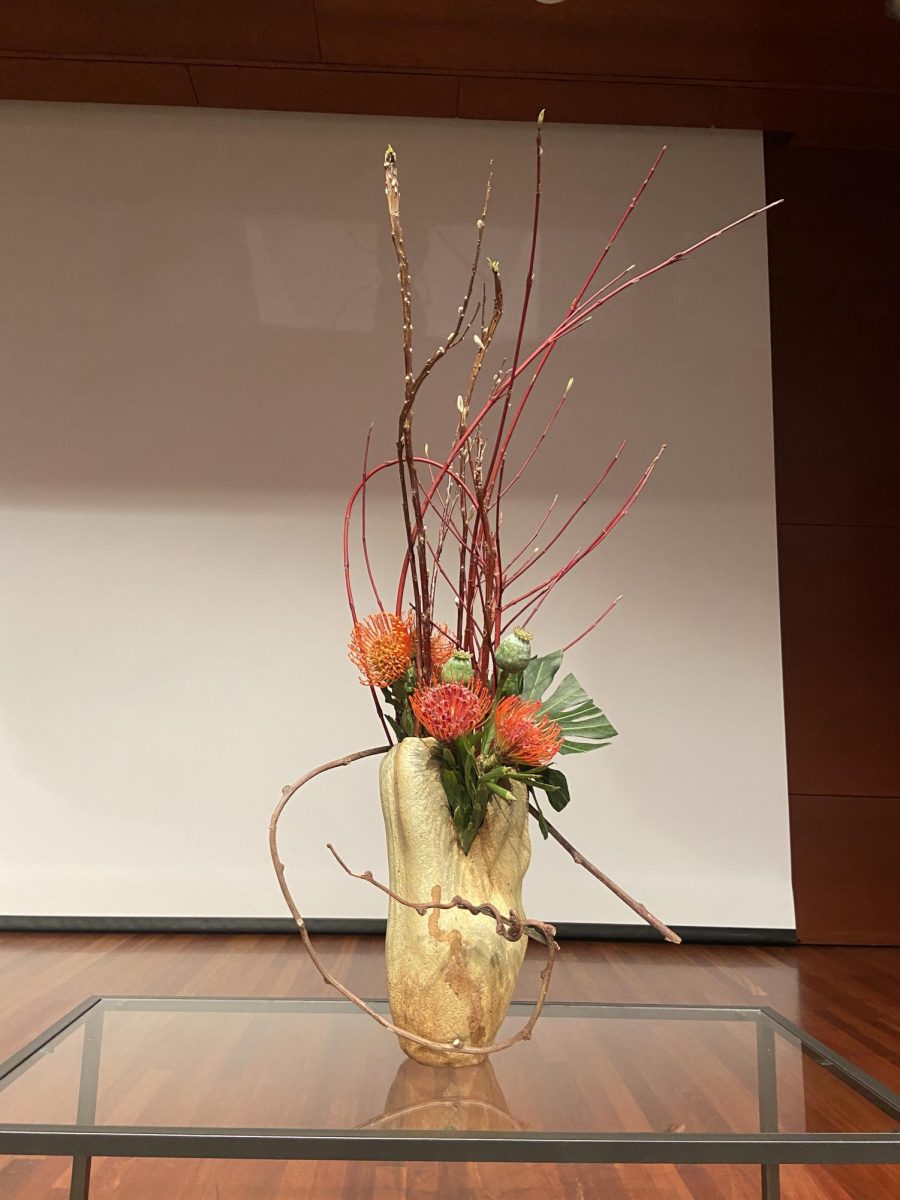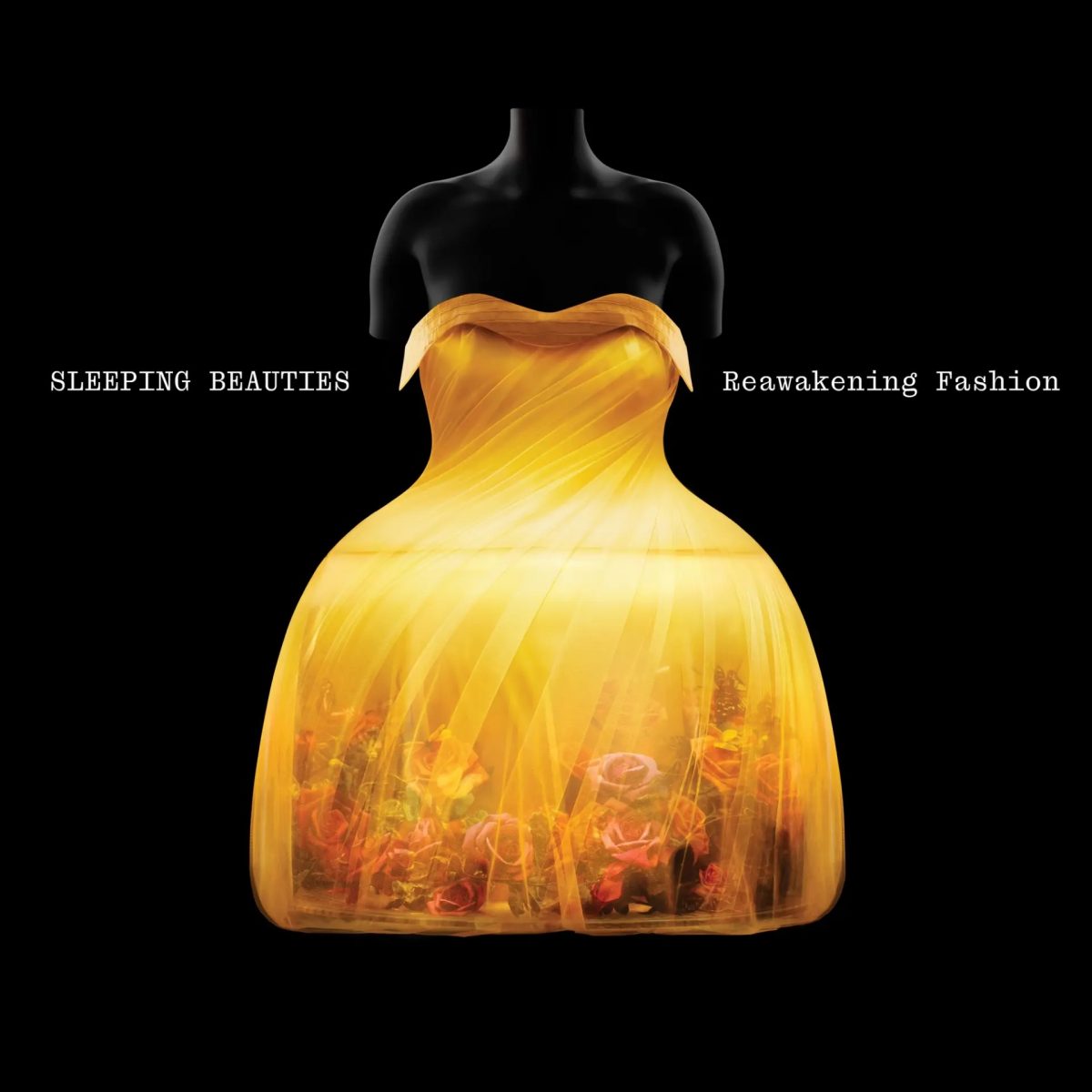In the Hindu religion it is believed that one’s soul passes through a cycle of lives, one right after another (samsara). The next life you lead is determined by the actions of the previous one (karma). In one lifetime, people build both good and bad karma that will continually affect their future lives and existences. Death is the final samsara (cycle of life), also known as “the last sacrifice.” Moksha is the liberation from the cycle of death and rebirth and the ultimate goal for transcendence. Moksha is achieved by overcoming earthly desires and ignorance. The paradox is in overcoming the desire to achieve Moksha.
While India has many ashrams, holy sites, temples and places of worship where people can achieve this goal, none are so intriguing as Vrindavan. According to the epic Mahabharta, the Hindu god Krishna was born in the forest near this city. It was there that the flute-playing trickster flirted with cow herders and had a love affair with the beautiful Radha, a story known to every Hindu. Their two names, Krishna and Radha, are linked forever and thought of continually as people make religious pilgrimages to the temples there.
In Vrindavan, a district of Uttar Pradesh, India, thousands of women gather in a community where the common thread that binds them is the death of their husbands. In the Hindu culture, widows are cast out of society and ostracized by their home villages and even their own children. The belief in samsara leads many people in the community to perceive the death of a woman’s husband as a punishment for bad karma in a past life. The only way her husband could have passed in this life is if she had done something in a past life to deserve it. Therefore, widows must be avoided.
For some reason, the widows gather in Vrindavan, seeking refuge in their dedication to Krishna. Many recall experiences or dreams that prompted them to make the journey to this city and dedicate their lives to him with the hope of someday obtaining moksha. Award-winning artist-activist Fazal Sheikh captured the visual story of these widows in black and white photographs that are now on display at the Utah Museum of Fine Arts.
UMFA curator Luke Kelly said Sheikh has taken a unique approach to the sensitive cultural issue in Hindu society. “Documentaries and articles on the widows of Vrindavan often generalize the challenges and problems of these widows, but Fazal Sheikh’s portraits personalize the issue,” he said. “His portraits do not depict the women as vulnerable or unfortunate but instead portray them as having gained inner strength through their devotion to Krishna.”
The exhibition is on loan from Princeton University Art Museum and brings attention to marginalized women in India as well as the ancient traditions that still play a huge part in modern society. There are as many as 6,000 widows in Vrindavan that find peace and a sense of camaraderie among their fellow widows. The exhibit depicts the challenge of being an outcast and also details personal stories of how women found their place in the world.
Moksha: Photography by Fazal Sheikh will be on view through November 30, 2014. The Utah Museum of Fine Arts is located on the U’s campus in the Marcia and John Price Museum Building at 410 Campus Center Drive. General admission is $9 for adults, $7 for youth and seniors, FREE for U of U students/staff/faculty, UMFA members, higher education students in Utah and children under six years old. Museum hours are Tuesday through Friday: 10 a.m. to 5 p.m.; Wednesdays: 10 a.m. to 8 p.m.; Weekends: 11 a.m. to 5 p.m.; closed Mondays and holidays. For more information call (801) 581-7332 or visit www.umfa.utah.edu.
@ChronyArts









